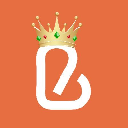-
 bitcoin
bitcoin $115692.075601 USD
5.13% -
 ethereum
ethereum $4162.931611 USD
11.68% -
 bnb
bnb $1310.063287 USD
17.56% -
 tether
tether $1.000983 USD
0.00% -
 xrp
xrp $2.534505 USD
8.16% -
 solana
solana $198.235737 USD
13.49% -
 usd-coin
usd-coin $1.000236 USD
0.02% -
 dogecoin
dogecoin $0.207352 USD
12.89% -
 tron
tron $0.323043 USD
3.62% -
 cardano
cardano $0.701559 USD
11.88% -
 hyperliquid
hyperliquid $39.924597 USD
8.30% -
 chainlink
chainlink $18.934457 USD
11.56% -
 ethena-usde
ethena-usde $1.000552 USD
0.02% -
 stellar
stellar $0.340575 USD
7.05% -
 bitcoin-cash
bitcoin-cash $545.011757 USD
8.86%
define blockchain with example
Blockchain's immutable and decentralized ledger ensures the security and transparency of transactions across a vast network of computers, providing resistance to censorship and hacking.
Oct 26, 2024 at 10:36 am

Blockchain is a decentralized, distributed ledger technology that records transactions in digital form on a vast network of computers. It is designed to be tamper-proof and transparent, and ensures the integrity and security of data.
2. Key Features of Blockchain- Decentralization: Transactions are not controlled by a single entity, but are spread across multiple computers, making it resistant to hacking and censorship.
- Immutability: Once a transaction is recorded on the blockchain, it cannot be altered or deleted, ensuring the integrity of data.
- Transparency: All transactions are publicly visible on the blockchain, promoting accountability and transparency.
- Transactions are grouped into blocks.
- Each block contains a timestamp, transaction data, and a hash.
- The hash is a unique digital fingerprint that identifies the block and links it to the previous block.
- When a new block is added, it is broadcast to the entire network for verification and consensus.
- Once verified, the block is added to the blockchain, creating a tamper-proof and chronologically ordered record.
- Cryptocurrency: Blockchain is the foundation for cryptocurrencies like Bitcoin and Ethereum, allowing for secure and transparent transactions.
- Supply Chain Management: Blockchain can track products from production to delivery, ensuring transparency and preventing counterfeiting.
- Healthcare: Blockchain can streamline patient records, improve data sharing, and enhance patient safety.
- Voting Systems: Blockchain can create secure and auditable voting systems, increasing trust and preventing fraud.
- Enhanced Security: Decentralization and immutability make blockchain highly resistant to hacking and fraud.
- Transparency and Trust: All transactions are visible on the blockchain, fostering trust and transparency.
- Efficiency: Blockchain can streamline processes, reducing time and costs associated with intermediaries.
- Innovation and Development: Blockchain opens up new possibilities for technological advancements and innovation.
- Scalability: Blockchain can be slow and expensive to operate, especially with large volumes of transactions.
- Energy Consumption: Some blockchain implementations, such as proof-of-work, require significant energy resources.
- Regulatory Challenges: The decentralized nature of blockchain can pose challenges for regulation and compliance.
Blockchain technology is still in its early stages of development, with ongoing research and innovation. Its potential applications are vast and continue to expand, suggesting a promising future for this transformative technology.
Disclaimer:info@kdj.com
The information provided is not trading advice. kdj.com does not assume any responsibility for any investments made based on the information provided in this article. Cryptocurrencies are highly volatile and it is highly recommended that you invest with caution after thorough research!
If you believe that the content used on this website infringes your copyright, please contact us immediately (info@kdj.com) and we will delete it promptly.
- XRP Price Prediction: Weekend Rollercoaster or Rally?
- 2025-10-12 08:45:16
- Bittensor (TAO): Super Bullish Signals Point to Potential 2x Rally
- 2025-10-11 10:25:12
- Silver Price Correction: Navigating the Dip & Identifying Key SEO Keywords
- 2025-10-11 10:25:12
- Decoding Crypto Trends: Bittensor's Bull Run, Cardano's Dip, and LivLive's Presale Buzz in 'Uptober 2025'
- 2025-10-12 08:45:16
- MoonBull: The Crypto Meme Coin Promising 1000x Gains?
- 2025-10-11 10:30:01
- Crypto Payroll Revolution: Stablecoins, Altcoins, and the Future of Salary Payments
- 2025-10-11 10:30:01
Related knowledge
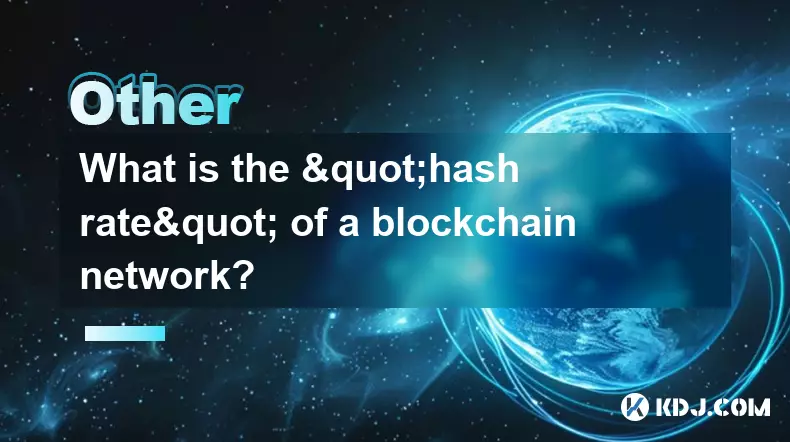
What is the "hash rate" of a blockchain network?
Oct 10,2025 at 03:55pm
Understanding Hash Rate in Blockchain Networks1. The hash rate refers to the total computational power being used to process transactions and mine new...
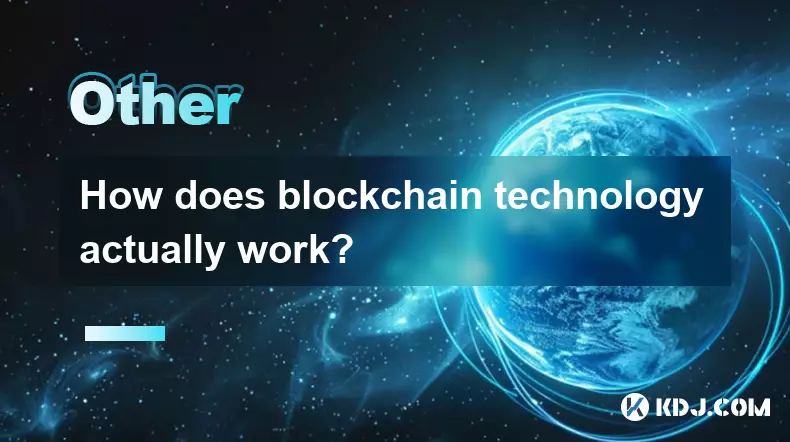
How does blockchain technology actually work?
Oct 11,2025 at 02:36pm
Understanding the Core Mechanism of Blockchain1. At its foundation, blockchain is a decentralized digital ledger that records transactions across mult...

What is a token economy?
Sep 20,2025 at 12:18am
Understanding the Foundations of a Token Economy1. A token economy in the context of cryptocurrency refers to a system where digital tokens are used a...
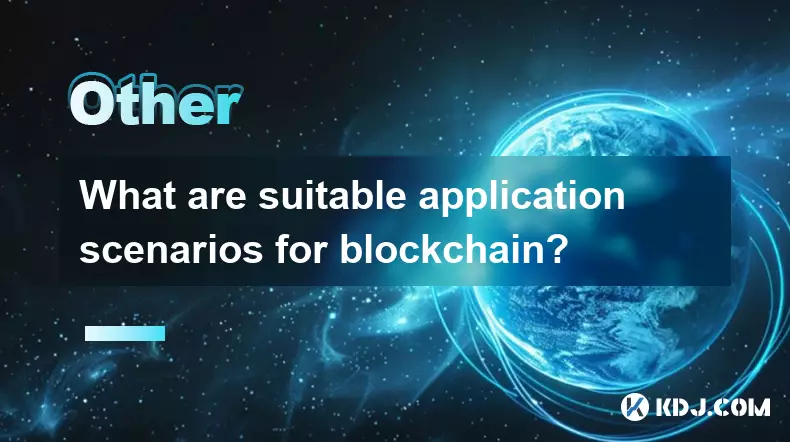
What are suitable application scenarios for blockchain?
Sep 20,2025 at 03:19am
Decentralized Finance (DeFi) Platforms1. Blockchain enables the creation of financial services without centralized intermediaries, allowing users to l...
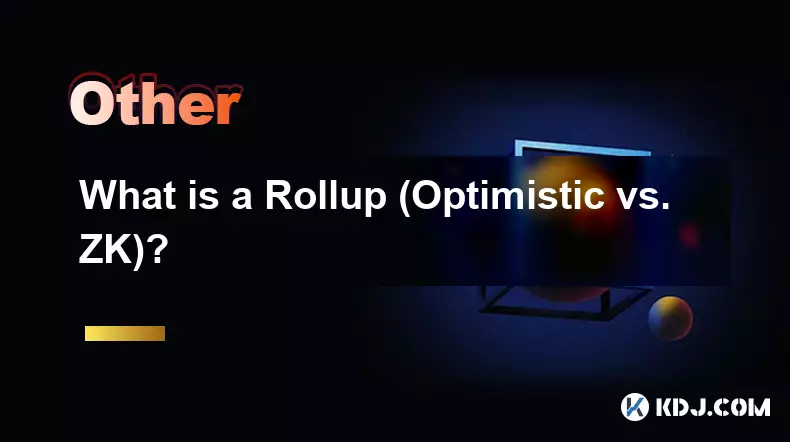
What is a Rollup (Optimistic vs. ZK)?
Sep 22,2025 at 03:00pm
Understanding Rollups in Blockchain Technology1. Rollups are layer-2 scaling solutions designed to increase transaction throughput on blockchains like...
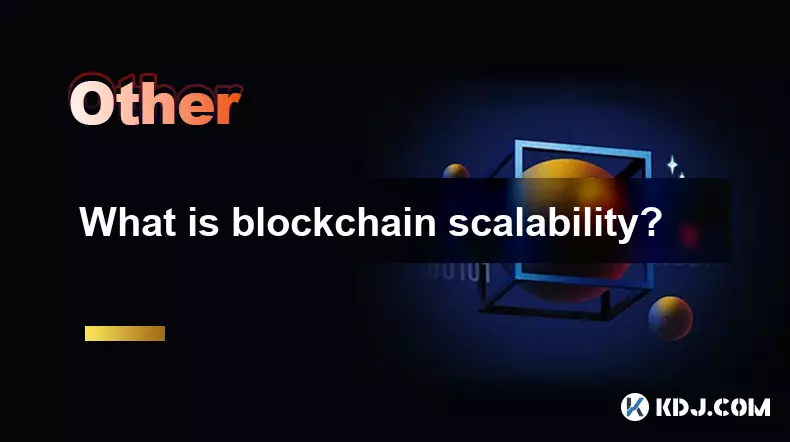
What is blockchain scalability?
Sep 19,2025 at 06:18am
Understanding Blockchain Scalability1. Blockchain scalability refers to a network's ability to handle an increasing number of transactions without com...

What is the "hash rate" of a blockchain network?
Oct 10,2025 at 03:55pm
Understanding Hash Rate in Blockchain Networks1. The hash rate refers to the total computational power being used to process transactions and mine new...

How does blockchain technology actually work?
Oct 11,2025 at 02:36pm
Understanding the Core Mechanism of Blockchain1. At its foundation, blockchain is a decentralized digital ledger that records transactions across mult...

What is a token economy?
Sep 20,2025 at 12:18am
Understanding the Foundations of a Token Economy1. A token economy in the context of cryptocurrency refers to a system where digital tokens are used a...

What are suitable application scenarios for blockchain?
Sep 20,2025 at 03:19am
Decentralized Finance (DeFi) Platforms1. Blockchain enables the creation of financial services without centralized intermediaries, allowing users to l...

What is a Rollup (Optimistic vs. ZK)?
Sep 22,2025 at 03:00pm
Understanding Rollups in Blockchain Technology1. Rollups are layer-2 scaling solutions designed to increase transaction throughput on blockchains like...

What is blockchain scalability?
Sep 19,2025 at 06:18am
Understanding Blockchain Scalability1. Blockchain scalability refers to a network's ability to handle an increasing number of transactions without com...
See all articles























![[4K 60fps] Anyway by Retropt (1 Coin) [4K 60fps] Anyway by Retropt (1 Coin)](/uploads/2025/10/13/cryptocurrencies-news/videos/k-fps-retropt-coin/68ec4f42a41d0_image_500_375.webp)













































